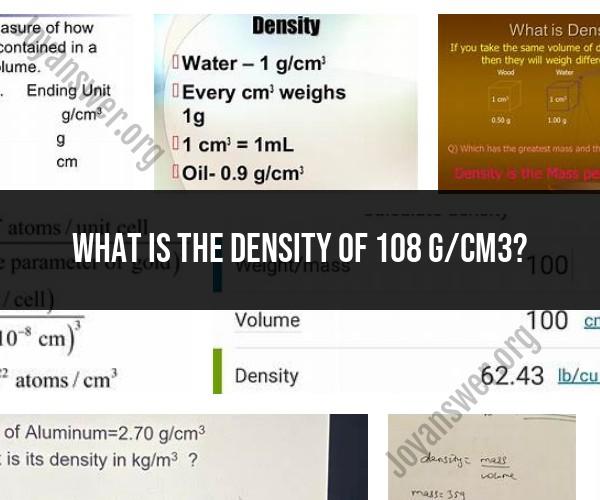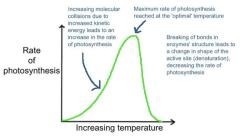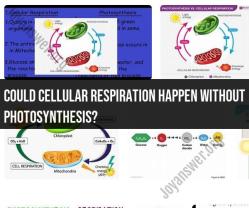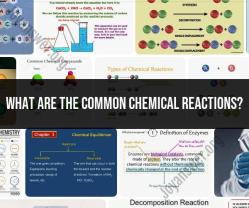What is the density of 108 g/cm3?
Density is a fundamental concept in physics and material science. In this article, we'll explore the concept of density, learn how to calculate it, and examine the significance of a material with a density of 108 g/cm³.
Understanding Density
Density is defined as the amount of mass per unit volume of a substance. It's a measure of how tightly packed the particles in a material are.
Calculating Density
The formula to calculate density is:
Density (ρ) = Mass (m) / Volume (V)
Interpreting a Density of 108 g/cm³
A material with a density of 108 g/cm³ is exceptionally dense. To put it into perspective:
1. Comparison to Common Substances
For reference, the density of water is about 1 g/cm³, while lead has a density of approximately 11 g/cm³. A material with a density of 108 g/cm³ is significantly denser than most naturally occurring substances.
2. Potential Material
Materials with extremely high densities, such as 108 g/cm³, are usually found in specialized contexts, such as exotic metals or super-dense materials used in scientific research or industrial applications.
3. Scientific Significance
A material with such a high density might be of interest in fields like astrophysics or condensed matter physics, where understanding the properties of extreme materials is crucial.
Conclusion
Density is a key property that helps us understand the characteristics of different materials. A material with a density of 108 g/cm³ is exceptionally dense and likely holds unique properties. Exploring such densities leads us to the cutting edge of scientific discovery and technological innovation, offering insights into the behavior of matter under extreme conditions.













